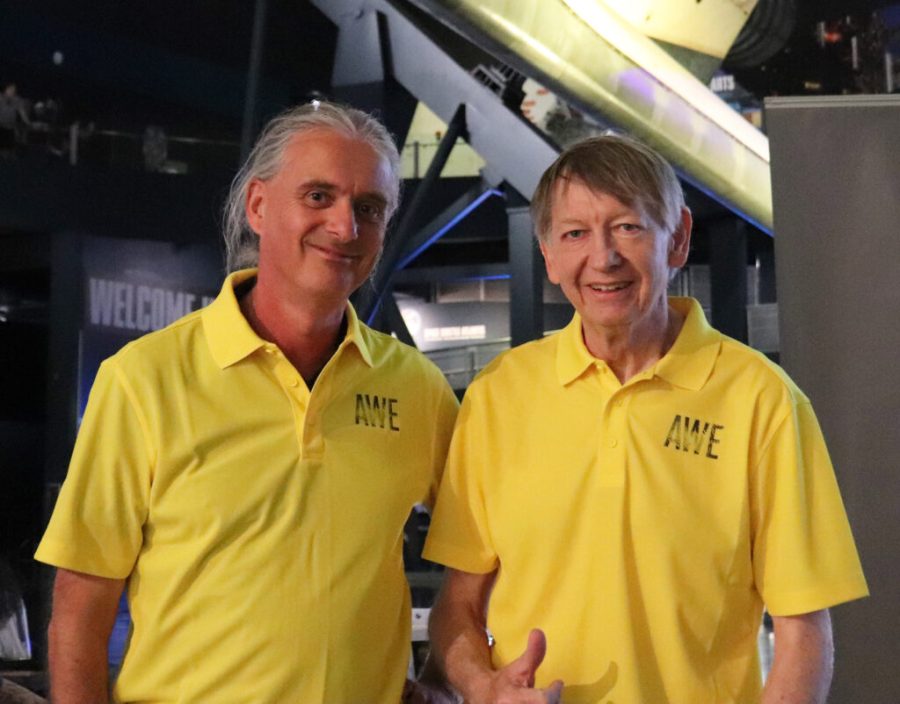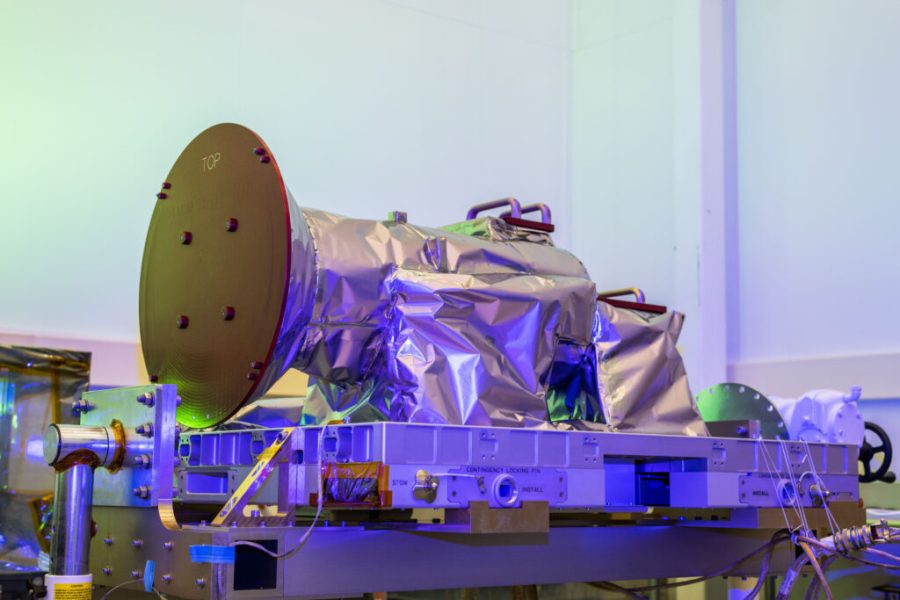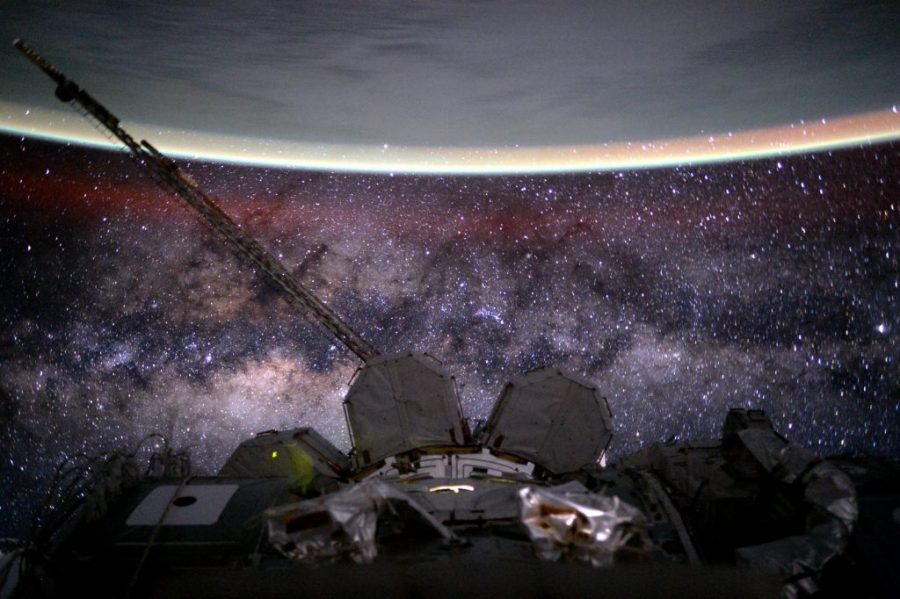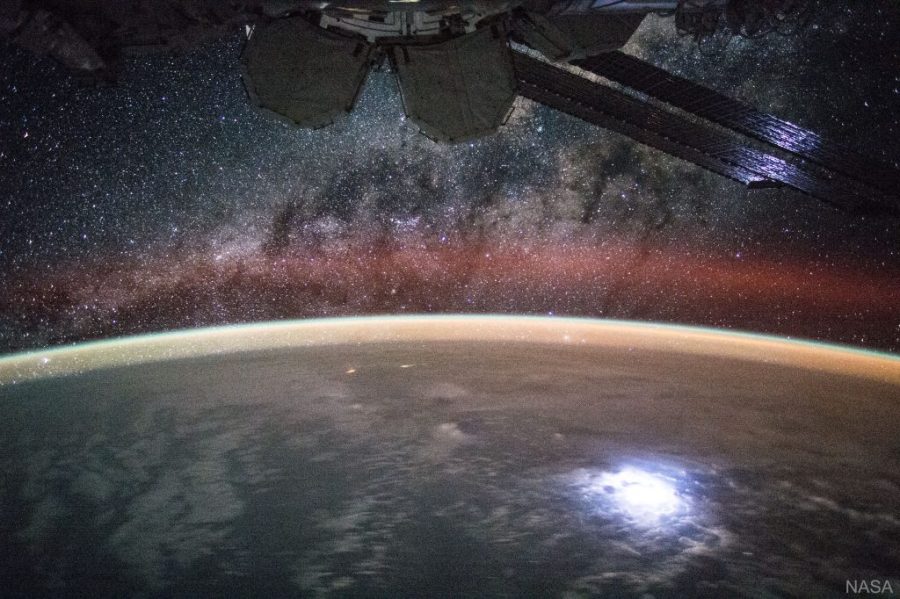NASA's Atmospheric Waves Experiment (AWE) has captured initial images of the mesosphere from its perch on the International Space Station. AWE was installed on the Space Station on Nov. 18, and initial commands were sent to the instrument on Nov. 20.
AWE’s “First Light” Images Received

































